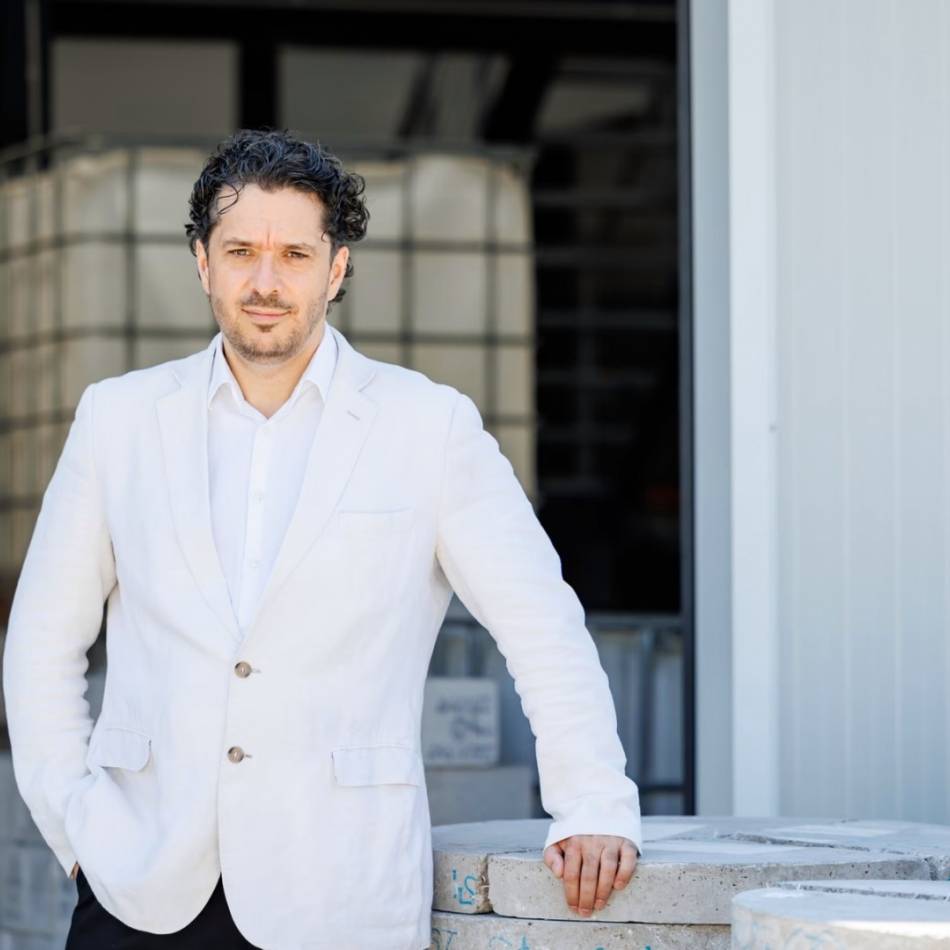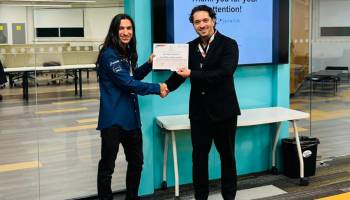They are particularly focused on synthetic macro‐fiber reinforced concrete and integrating advanced modelling (including finite element simulation via software like ATENA) to predict performance more accurately.
Some key projects include:
HelloParks industrial floor slabs, where macro‐fiber concrete replaced steel mesh reinforcement, achieving lower carbon footprint, labor savings, and meeting high durability under heavy load.
A railway shaft for MÁV, where despite Eurocode not formally supporting synthetic fibered concrete yet, JKP STATIC performed both modelled and full‐scale load tests. The results matched, allowing the new material to be adopted under MÁV’s internal standards.
Dr. Juhász emphasizes that the concrete industry must innovate—not just as an optional improvement, but as a necessity—if we are to truly reduce the built environment’s carbon footprint.
He encourages engineers and future professionals to question existing norms, experiment, and push beyond conventional materials and methods—arguing that “concrete is not brittle… you just have to learn to understand it.”



